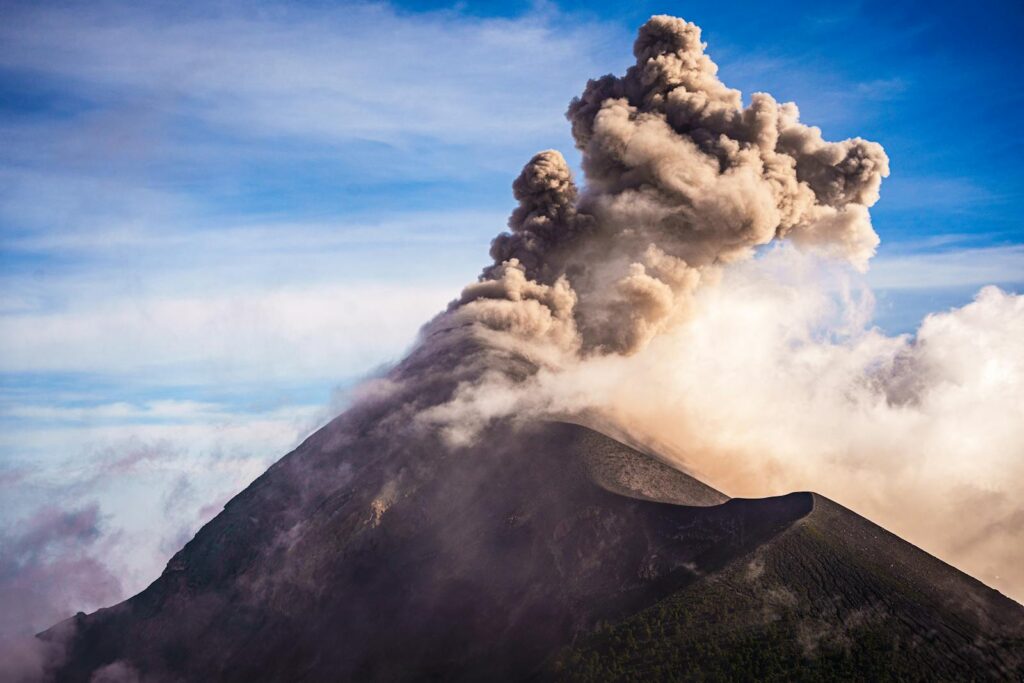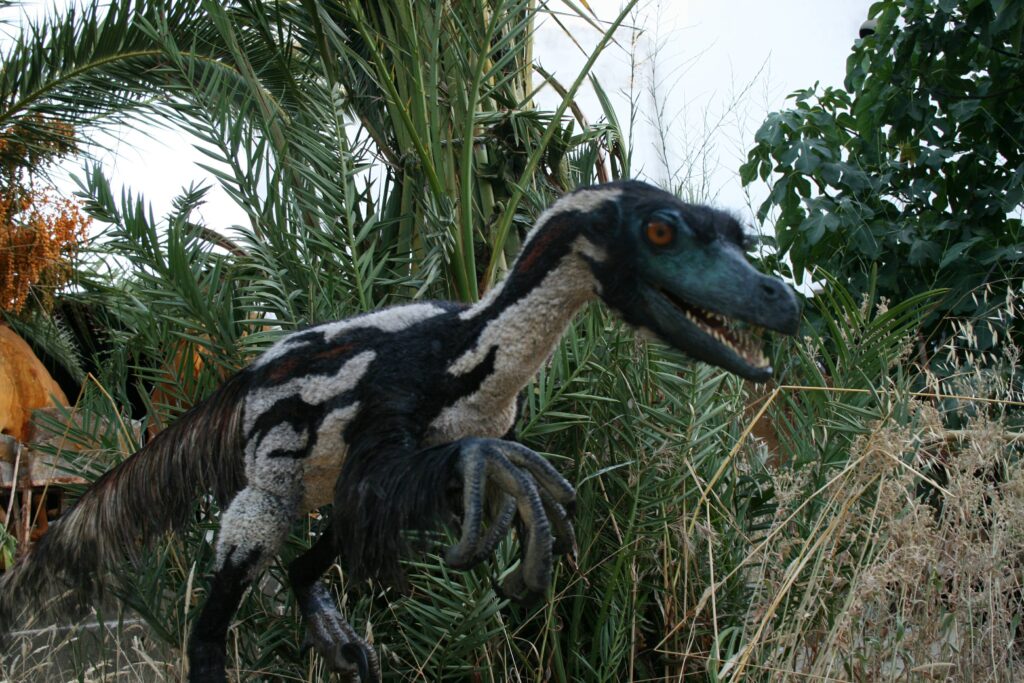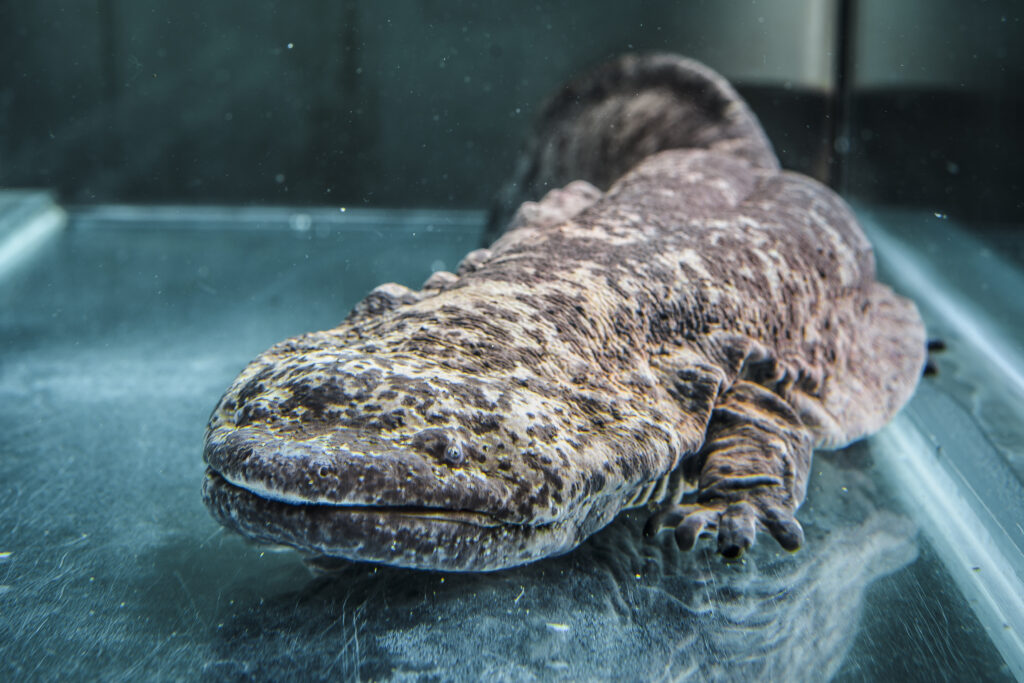Dinosaurs ruled the Earth for over 165 million years, facing countless challenges during their long reign. Among the most devastating natural disasters they encountered were volcanic eruptions, which spewed ash, lava, and toxic gases across prehistoric landscapes. The question of whether dinosaurs could survive such cataclysmic events is complex and multifaceted. While some evidence suggests certain species showed remarkable resilience, volcanic activity—particularly the massive eruptions that occurred at the end of the Cretaceous period—likely played a significant role in their ultimate extinction.
This article explores the relationship between dinosaurs and volcanic activity, examining how different species might have fared during eruptions of varying magnitudes and what paleontological evidence tells us about their survival strategies.
The Varying Scale of Volcanic Eruptions

Not all volcanic eruptions are created equal, and understanding their scale is crucial when considering dinosaur survival. Small, localized eruptions might have affected only regional dinosaur populations, while massive flood basalt eruptions could have impacted global climate systems. The Volcanic Explosivity Index (VEI) ranges from 0 to 8, with each increment representing a tenfold increase in erupted material.
During the Mesozoic Era, dinosaurs experienced everything from minor eruptions to catastrophic events like those that created the Deccan Traps in India. These varying scales meant that dinosaurs faced different survival challenges depending on when and where they lived. Localized eruptions might have been survivable for many species, particularly those with high mobility or those living at safe distances from volcanic centers.
Immediate Threats from Volcanic Activity

The immediate aftermath of a volcanic eruption would have presented several lethal hazards to dinosaurs in the vicinity. Pyroclastic flows—fast-moving currents of hot gas and volcanic matter—could reach temperatures exceeding 1,000°C and travel at speeds up to 700 km/h, instantly killing any dinosaur caught in their path. Lava flows, while typically slower-moving, would have rendered habitats unlivable and caused fatal burns to any dinosaurs unable to escape their advance.
Lahars, or volcanic mudflows, could have swept away entire dinosaur communities living in valleys or lowlands near volcanoes. Additionally, falling ash and debris could have crushed smaller dinosaurs or caused respiratory distress in larger ones. These immediate threats would have been virtually insurmountable for dinosaurs in close proximity to erupting volcanoes, regardless of their size or adaptations.
Long-Term Environmental Impacts

Beyond the immediate dangers, volcanic eruptions triggered long-term environmental changes that posed greater survival challenges for dinosaur populations. Massive eruptions could eject enough sulfur dioxide and ash into the atmosphere to cause global cooling—a “volcanic winter” that might last years or even decades. This cooling would disrupt plant growth and photosynthesis, collapsing food chains from the bottom up.
Acid rain resulting from volcanic gases would have contaminated water sources and damaged vegetation crucial to herbivorous dinosaurs. Soil chemistry would be altered by ash deposits, affecting plant diversity and abundance for generations. These cascading environmental effects meant that even dinosaurs far from eruptions could face starvation, habitat loss, and ecosystem collapse in the aftermath of major volcanic activity.
Evidence from the Fossil Record

The fossil record provides compelling insights into dinosaur responses to volcanic events. In fossil beds associated with volcanic ash layers, paleontologists have discovered both mass death assemblages and evidence of survival. The Two Medicine Formation in Montana contains dinosaur remains preserved in volcanic ash, showing how some individuals were killed instantaneously. Conversely, trackways found above volcanic deposits in places like Colorado demonstrate that some dinosaur populations persisted after eruptions.
Studies of growth rings in fossil bones sometimes reveal stress periods that correspond to known volcanic events, suggesting some individuals survived the initial eruption but struggled afterward. Particularly telling are fossil sites showing population changes before and after volcanic layers, indicating which dinosaur species were more vulnerable to volcanic disturbances.
Size and Mobility Advantages

Dinosaur size and mobility likely played crucial roles in determining volcanic eruption survival rates. Larger dinosaurs with longer legs, such as certain sauropods and theropods, could potentially outpace advancing lava flows and travel greater distances to escape affected areas. Their size might also have provided some buffer against short-term food shortages, as larger animals typically have greater fat reserves and can survive longer without eating.
Highly mobile species like ornithomimids (“ostrich dinosaurs”) with their cursorial adaptations would have had advantages in quickly evacuating dangerous zones. However, size could also be a disadvantage—larger dinosaurs required more food, making them vulnerable during prolonged environmental disruptions when vegetation was covered in ash or stunted by volcanic winter conditions.
Respiratory Systems and Vulnerability
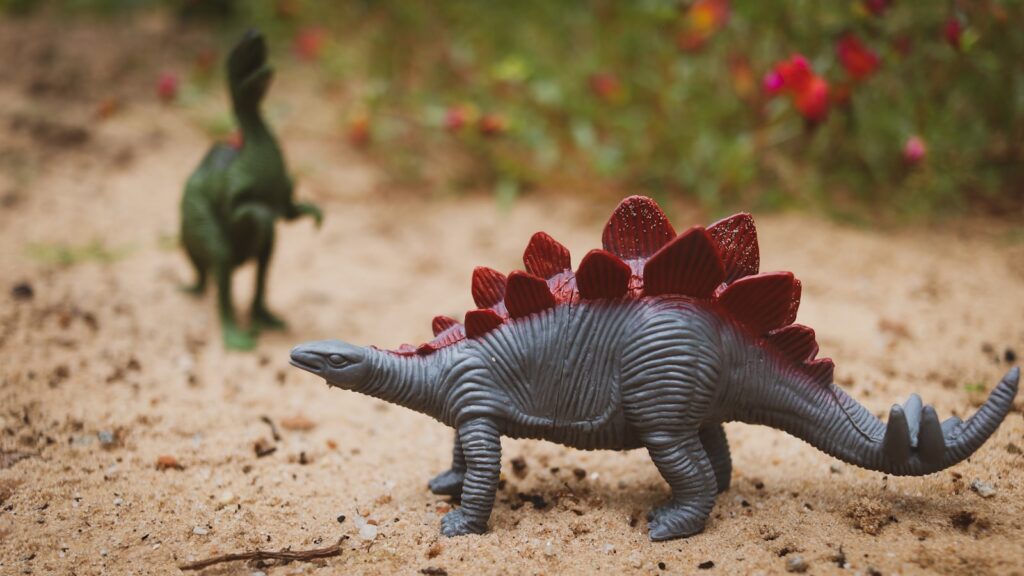
The unique respiratory systems of dinosaurs may have influenced their vulnerability to volcanic hazards. Many dinosaurs possessed air sacs similar to those found in modern birds, creating a highly efficient one-way breathing system. This respiratory efficiency might have been advantageous in ash-laden environments, potentially allowing some species to process contaminated air more effectively than mammals.
However, the extensive air sac system also created more surface area for irritation from volcanic ash and gases. Theropod dinosaurs, the group most closely related to birds, likely had the most developed air sac systems. Evidence from preserved lung tissue in some fossil specimens suggests dinosaurs may have had specialized respiratory adaptations, though whether these provided any protection against volcanic pollutants remains speculative.
Dietary Adaptations and Survival
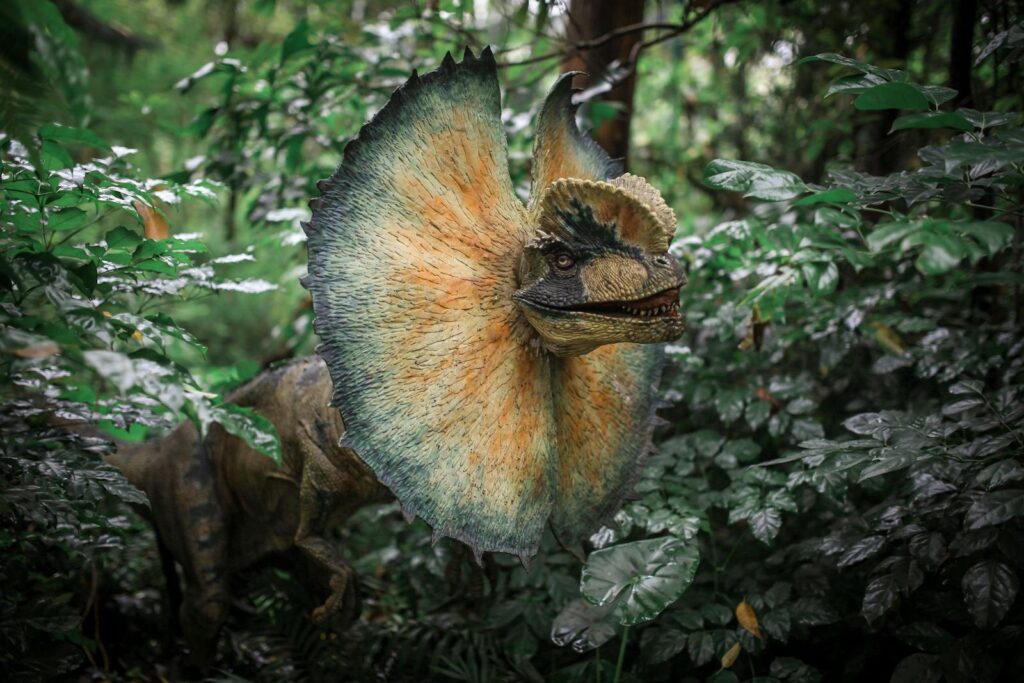
Dinosaur diets significantly influenced their chances of surviving volcanic disruptions to ecosystems. Generalist herbivores capable of consuming multiple plant types would have fared better than specialists dependent on specific vegetation that might be eliminated by ash fall or climate changes. Omnivorous dinosaurs like ornithomimids and some small theropods could potentially adapt their diets to whatever food sources remained available.
Carnivores faced a double challenge—not only did they need to find prey, but their food sources also needed to survive the eruption. Scavenging adaptations might have provided temporary advantages as mass mortality events created abundant carcasses. Fossil evidence from the Hell Creek Formation shows changes in dental wear patterns in some species following volcanic events, suggesting dietary shifts in response to changing food availability.
Reproductive Strategies During Crisis

Dinosaur reproductive strategies would have profoundly influenced population resilience following volcanic events. Species that produced large numbers of eggs with relatively fast maturation rates, like some smaller theropods and ornithopods, could potentially repopulate more quickly after population crashes.
Evidence from nesting sites in Montana and Argentina shows some dinosaurs continued reproductive activities in volcanically active regions, suggesting adaptation to these conditions. The discovery of dinosaur nests built on volcanic ash layers indicates some species could reproduce successfully even in recently affected landscapes.
Colonial nesting dinosaurs might have benefited from shared vigilance and protection, though concentrated breeding sites could also become vulnerable if directly impacted by eruptions. The diverse reproductive approaches of different dinosaur clades likely created varying abilities to recover from volcanic disruptions.
Regional Survival and Refugia

Geographic factors heavily influenced dinosaur survival prospects during volcanic events. Dinosaurs inhabiting regions with natural barriers like mountain ranges, large rivers, or coastlines that limited ash dispersal might have accessed relatively unaffected refugia. Evidence from the fossil record suggests uneven extinction patterns across landscapes, with some areas showing continuous dinosaur presence despite nearby volcanic activity.
Microhabitats such as caves, dense forests, or wetlands could have provided short-term shelter from ash fall and temperature changes. Studies of modern eruptions demonstrate that even severe volcanic events create patchy effects across landscapes. Paleobiogeographic analyses of dinosaur fossils sometimes reveal population movements away from volcanic centers, suggesting active avoidance behaviors and migration to refuge areas.
Case Study: Dinosaurs and the Deccan Traps
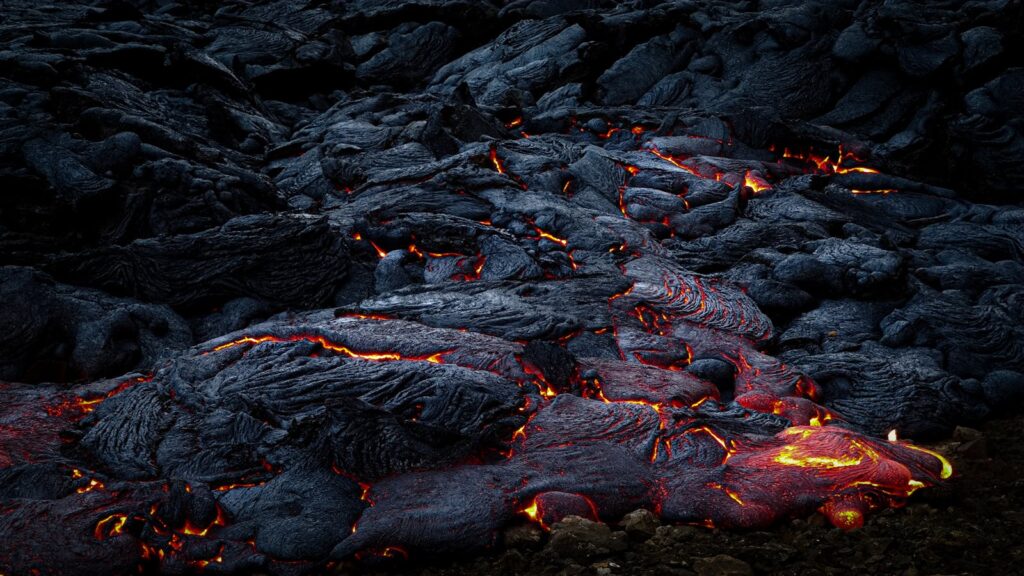
The Deccan Traps flood basalt eruptions provide a crucial case study in dinosaur resilience to massive volcanic events. These eruptions in what is now India began before the Chicxulub asteroid impact and continued afterward, releasing over 1.1 million cubic kilometers of lava and enormous quantities of greenhouse gases. Fossil evidence from India, North America, and other regions shows dinosaur diversity was already declining during the early phases of Deccan volcanism.
However, the fossil record also indicates some dinosaur species persisted through significant portions of the eruptive period, demonstrating remarkable adaptability. Studies of dinosaur eggshells from this period show stress indicators but continued reproduction. The Deccan Traps experience suggests that while dinosaurs could survive individual large eruptions, the cumulative effect of prolonged volcanic activity created progressive ecosystem stress that weakened populations before the asteroid impact delivered the final blow.
Learning from Modern Analogues

Studying how modern animals respond to volcanic eruptions provides valuable insights into possible dinosaur survival strategies. Following the 1980 Mount St. Helens eruption, researchers documented rapid recolonization by birds and mammals in ash-covered landscapes, suggesting avian dinosaur descendants possess inherent resilience to volcanic disruptions.
Large herbivores like elk and deer showed temporary population declines but eventually recovered, potentially mirroring how large dinosaur herbivores might have responded. The Galápagos iguana’s ability to survive volcanic events offers particularly relevant comparisons, as these modern reptiles share an evolutionary history with dinosaurs.
Animals in chronically volcanic regions like Indonesia demonstrate physiological and behavioral adaptations to cope with frequent ash falls and gas emissions. These modern analogues suggest that dinosaurs, particularly those living in volcanically active regions, may have evolved specific adaptations to improve survival chances.
The Extinction Question: Volcanism as a Factor

The role of volcanism in the ultimate extinction of non-avian dinosaurs remains one of paleontology’s most debated questions. The temporal overlap between the massive Deccan Traps eruptions and the end-Cretaceous extinction event strongly suggests that volcanic activity contributed significantly to dinosaur extinction.
Volcanic effects likely created environmental stresses that progressively weakened dinosaur populations before the Chicxulub asteroid impact. Isotope studies from fossil teeth show temperature fluctuations coinciding with Deccan eruption phases, indicating climate volatility that would have challenged dinosaur adaptability.
Some researchers propose a “one-two punch” scenario, where volcanic stresses reduced dinosaur resilience, making them unable to survive the asteroid impact aftermath. The selective nature of the extinction—with all non-avian dinosaurs disappearing while some volcanically affected regions maintained crocodilian and turtle populations—suggests complex interactions between volcanic vulnerabilities and other extinction mechanisms.
Future Research Directions

Advancing technologies are opening new avenues to understand dinosaur responses to volcanic events with unprecedented detail. Sophisticated geochemical analyses of fossil bones and teeth can now detect volcanic trace elements and isotope signatures, potentially revealing which individuals lived through eruptions. Computer modeling of ash dispersal patterns combined with mapped dinosaur fossil distributions may identify correlation patterns between volcanic activity and population changes.
Developing methods to date fossil layers with greater precision will allow more accurate timelines of dinosaur presence before and after specific eruptions. Comparative studies between dinosaur remains and contemporary volcanic deposits could reveal whether certain species sought out or avoided volcanically active areas. These research directions promise to provide clearer insights into the complex relationship between dinosaurs and the volcanic events that punctuated their 165-million-year dominance of Earth’s terrestrial ecosystems.
Conclusion
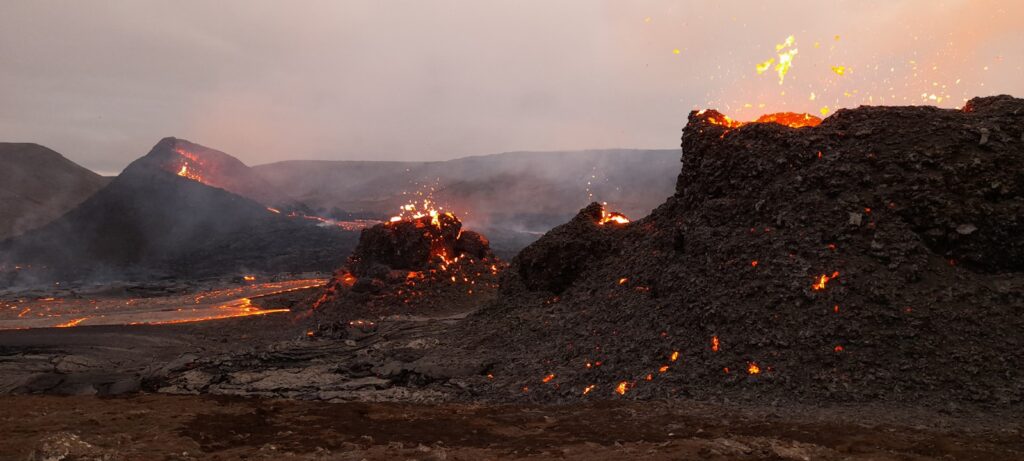
In conclusion, the question of dinosaur survival during volcanic eruptions doesn’t have a simple yes or no answer. Evidence suggests that many dinosaurs could and did survive localized eruptions and even persisted through the early phases of massive flood basalt events like the Deccan Traps. Their resilience likely depended on a complex interplay of factors, including the eruption’s scale and duration, the dinosaur’s size, mobility, respiratory efficiency, diet, and reproductive strategy, as well as geographic factors creating potential refugia.
However, even the most adaptable dinosaurs had limits to their resilience. When volcanic activity became prolonged and global in impact—affecting climate systems, disrupting food webs, and altering habitats across continents—even these remarkable animals faced insurmountable challenges. The evidence increasingly suggests that while dinosaurs demonstrated impressive adaptability to volcanic events throughout their reign, the extraordinary scale and duration of end-Cretaceous volcanism, combined with the asteroid impact, finally overwhelmed even these masters of survival.

